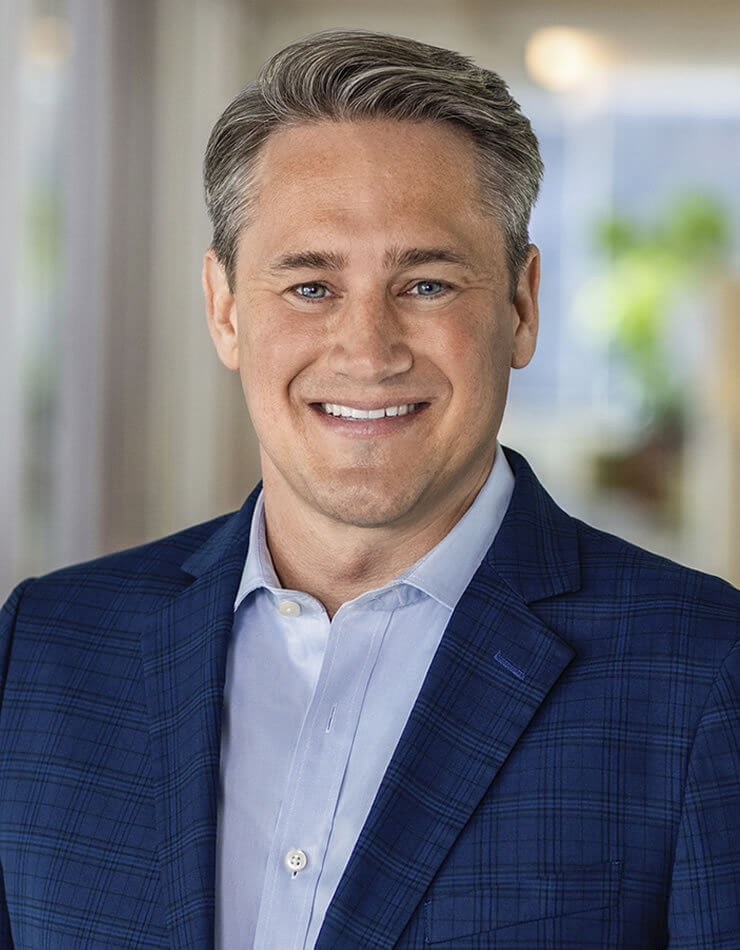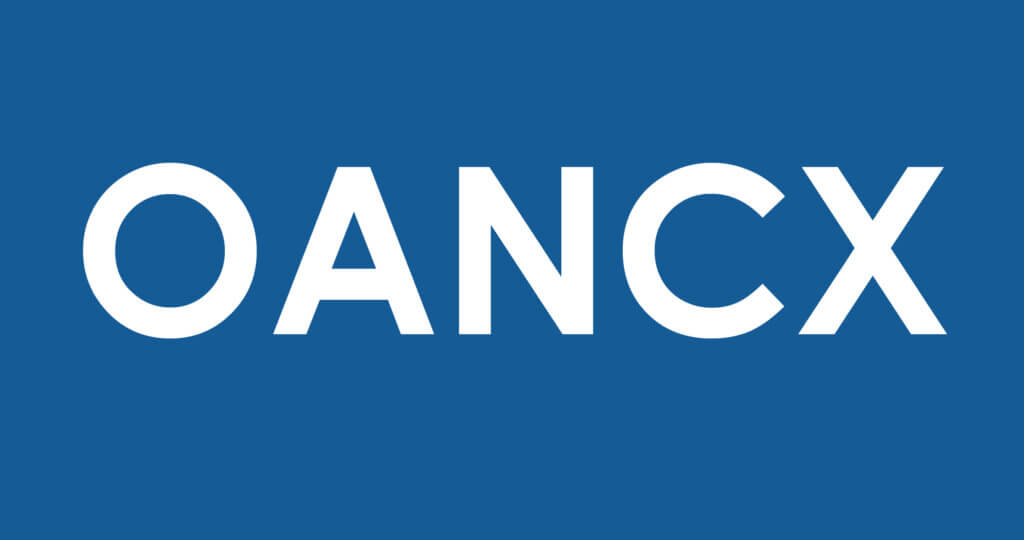In investing, the best ideas are the ones you can explain simply. Said another way: If I can’t succinctly and clearly explain an investment opportunity, then I probably don’t understand what I’m betting on. When a thesis resists simplification — when it gets more complicated the more you try to explain it — that isn’t sophistication. It’s a warning sign.
Nowhere has this concept been clearer than in the fixed income market these past few years. During that time, investors have spent countless hours trying to forecast the Fed’s actions, inflationary trends, and the direction of Treasury yields, among other forces. The record speaks for itself: In late 2023, the consensus was that U.S. deficits would drive long-term interest rates higher. Since then, the 10-year yield has actually fallen nearly 80 basis points, and Treasuries have delivered mid-teens returns. In late 2024, the market priced in eight rate cuts by October 2025. We’ve had one. In April, tariffs were expected to spark a recession and spreads widened significantly — yet today they’re tighter (implying even lower credit risk) than before tariffs were even on the table.
That doesn’t mean macro events don’t matter. They do, and we pay close attention to them. But building portfolios around predicting economic outcomes is an unreliable strategy at best and a fragile one at worst. Even correct predictions can’t be repeated with consistency.
At Harris | Oakmark, we take the opposite tack. Instead of trying to predict the next Fed move or the exact path of inflation, we focus on businesses and borrowers that can endure those swings. We look for durable fundamentals, balance sheets that can handle volatility, and management teams with the discipline to adjust when conditions shift. If I can fit the thesis on a notecard and explain it in a few clear points, I know we’re on the right track. Complexity in fixed income usually comes from macro forecasting that requires dozens — if not hundreds — of variables to line up just right. Our team focuses on discipline and resisting false confidence, and we stick with what we can explain in a simple, durable story.
Healthcare: Credit risk worth owning
At the index level, corporate bond valuations are historically tight. For many investors, value opportunities seem scarce. But simplicity often reveals what the averages obscure. At Harris | Oakmark, we don’t mirror benchmarks or own risk just to keep pace with a passive index. We go where we see value, regardless of weightings, and today we see that value in healthcare. This sector is often dismissed as overly complex because it is entangled in regulation, reimbursement cycles, and shifting utilization. Strip away that noise, however, and you can identify durable franchises that are trading at spreads that more than compensate for their risk. In fact, the market is offering yields above Treasuries for these businesses as if they are permanently impaired, despite the fact that their balance sheets and competitive positions are strong.
Take Alexandria Real Estate. Headlines about weak biotech funding and oversupply have weighed on sentiment, but the company owns irreplaceable campuses in Boston, San Francisco and San Diego. Plus, demand from large-cap pharma and research institutions is steady, even as smaller biotech faces funding pressure. In addition, new construction is slowing, which eases supply concerns, and we think the company’s balance sheet is among the strongest in the REIT space. Yet the company’s spreads imply permanent damage to asset quality and funding strength that simply isn’t there.
In the managed care space, Centene has faced margin pressure as its utilization has risen faster than expected, which has quickly fueled a narrative about structural risk in Medicaid and the exchanges. In our analysis, the company’s fundamentals suggest something less dramatic: Centene remains the market leader, has repriced the majority of its Medicaid contracts, and is preparing for meaningfully higher exchange pricing in 2026. Membership will decline as pricing resets, but we believe those losses are already priced in. Over time, we expect Centene to revert to mid-single-digit margins with strong cash generation — a profile that aligns with investment-grade credit.
The same pattern shows up with CVS. The company is often written off as too complex because of its sprawl across pharmacy, pharmacy benefit managers (PBM), and managed care, but CVS is quietly improving. Leverage is falling, management has repriced its Medicare Advantage offerings, and early 2025 results show progress. The PBM business still carries regulatory overhang. However, the momentum behind sweeping reform has waned, and retail pharmacy margins have stabilized. What’s more, CVS has scale advantages across its verticals, multiple cash flow levers, and a management team that is focused on balance sheet repair. Yet the company’s bonds still trade at a discount to peers like UnitedHealth and Elevance.
Across these examples, the theme is consistent: The market is distracted by noise while the fundamentals point to strong franchises with temporary headwinds. Today, healthcare is a sector where credit risk appears worth owning. And importantly, each of these opportunities passes our own checklist: Our investment thesis can fit on a notecard, the math works in our favor, and in our view, the risks are visible and containable. Our conviction comes from clarity, not from complexity or fortune telling.
Conclusion: Simple doesn’t mean without rigor
Investors will probably always be tempted by convoluted strategies and overly confident forecasts. Complexity and hubris can often sound like sophistication. But in our experience, the best investments share the same traits. They’re easy to explain, durable through cycles, and priced to pay for the risks that matter.
At Harris | Oakmark, our goal is to build portfolios from the bottom up, anchored in businesses and structures that pass a simple test. We strive to invest in companies that lend to the right borrowers at the right price, to avoid securities that trap capital, and to construct portfolios that can withstand a range of outcomes. We don’t need to call every twist in rates or policy. What matters is being consistently right about fundamentals that endure.
Simple doesn’t mean without rigor. It takes discipline, patience, and the willingness to ignore complexity that masquerades as insight. But we believe that over time, discipline compounds.
As Warren Buffett once observed, “There seems to be some perverse human characteristic that likes to make easy things difficult.” Fixed income in the post-Covid era has been a case study in that tendency. Our work at Harris | Oakmark is to resist it.
We can’t precisely predict the Fed’s actions, inflation, or politics; that’s because no one can. But we don’t need to if we stay disciplined and focus on durable fundamentals, strong management teams, and investment theses that can be distilled into clear, enduring stories. That’s why we like owning healthcare credits such as Alexandria, Centene and CVS. Investors are pricing in lasting damage, but these companies’ fundamentals don’t support that projection. Each of these names passes our simplest test: The thesis can fit on a notecard, we can measure what matters, and we see how we get paid. When you compound that process over time, your edge doesn’t come from decoding complexity. It comes from sticking to theses that are — at their core — simple, durable stories.
OPINION PIECE. PLEASE SEE ENDNOTES FOR IMPORTANT DISCLOSURES.
Important Disclosures
The securities mentioned above comprise the following percentages of the Oakmark Bond Fund’s total net assets as of 09/30/2025: AAlexandria Real Estate CB 07/35 5.500% Due 10-01-35 0.8%, Centene CB 12/24 4.625% Due 12-15-29 0.7% and CVS CC 09/37 4.780% Due 03-25-38 0.4%. Portfolio holdings are subject to change without notice and are not intended as recommendations of individual stocks.
Access the full list of holdings for the Oakmark Bond Fund here.
The information, data, analyses, and opinions presented herein (including current investment themes, the portfolio managers’ research and investment process, and portfolio characteristics) are for informational purposes only and represent the investments and views of the portfolio managers and Harris Associates L.P. as of the date written and are subject to change and may change based on market and other conditions and without notice. This content is not a recommendation of or an offer to buy or sell a security and is not warranted to be correct, complete or accurate.
Certain comments herein are based on current expectations and are considered “forward-looking statements.” These forward looking statements reflect assumptions and analyses made by the portfolio managers and Harris Associates L.P. based on their experience and perception of historical trends, current conditions, expected future developments, and other factors they believe are relevant. Actual future results are subject to a number of investment and other risks and may prove to be different from expectations. Readers are cautioned not to place undue reliance on the forward-looking statements.
This material is not intended to be a recommendation or investment advice, does not constitute a solicitation to buy, sell or hold a security or an investment strategy, and is not provided in a fiduciary capacity. The information provided does not take into account the specific objectives or circumstances of any particular investor, or suggest any specific course of action. Investment decisions should be made based on an investor’s objectives and circumstances and in consultation with his or her financial professionals.
Yield is the annual rate of return of an investment paid in dividends or interest, expressed as a percentage. A snapshot of a fund’s interest and dividend income, yield is expressed as a percentage of a fund’s net asset value, is based on income earned over a certain time period and is annualized, or projected, for the coming year.
The Oakmark Equity and Income Fund invests in medium- and lower-quality debt securities that have higher yield potential but present greater investment and credit risk than higher-quality securities. These risks may result in greater share price volatility. An economic downturn could severely disrupt the market in medium or lower grade debt securities and adversely affect the value of outstanding bonds and the ability of the issuers to repay principal and interest.
The Oakmark Equity and Income Fund’s portfolio tends to be invested in a relatively small number of securities. As a result, the appreciation or depreciation of any one security held by the Fund will have a greater impact on the Fund’s net asset value than it would if the Fund invested in a larger number of securities. Although that strategy has the potential to generate attractive returns over time, it also increases the Fund’s volatility.
Oakmark Equity and Income Fund: The securities of medium-sized companies tend to be more volatile than those of large companies and have underperformed the securities of small and large companies during some periods.
The Oakmark Bond Fund invests primarily in a diversified portfolio of bonds and other fixed-income securities. These include, but are not limited to, investment grade corporate bonds; U.S. or non-U.S.-government and government-related obligations (such as, U.S. Treasury securities); below investment-grade corporate bonds; agency mortgage backed-securities; commercial mortgage- and asset-backed securities; senior loans (such as, leveraged loans, bank loans, covenant lite loans, and/or floating rate loans); assignments; restricted securities (e.g., Rule 144A securities); and other fixed and floating rate instruments. The Fund may invest up to 20% of its assets in equity securities, such as common stocks and preferred stocks. The Fund may also hold cash or short-term debt securities from time to time and for temporary defensive purposes.
Under normal market conditions, the Fund invests at least 25% of its assets in investment-grade fixed-income securities and may invest up to 35% of its assets in below investment-grade fixed-income securities (commonly known as “high-yield” or “junk bonds”).
Fixed income risks include interest-rate and credit risk. Typically, when interest rates rise, there is a corresponding decline in bond values. Credit risk refers to the possibility that the bond issuer will not be able to make principal and interest payments.
All information provided is as of 09/30/2025 unless otherwise specified.







